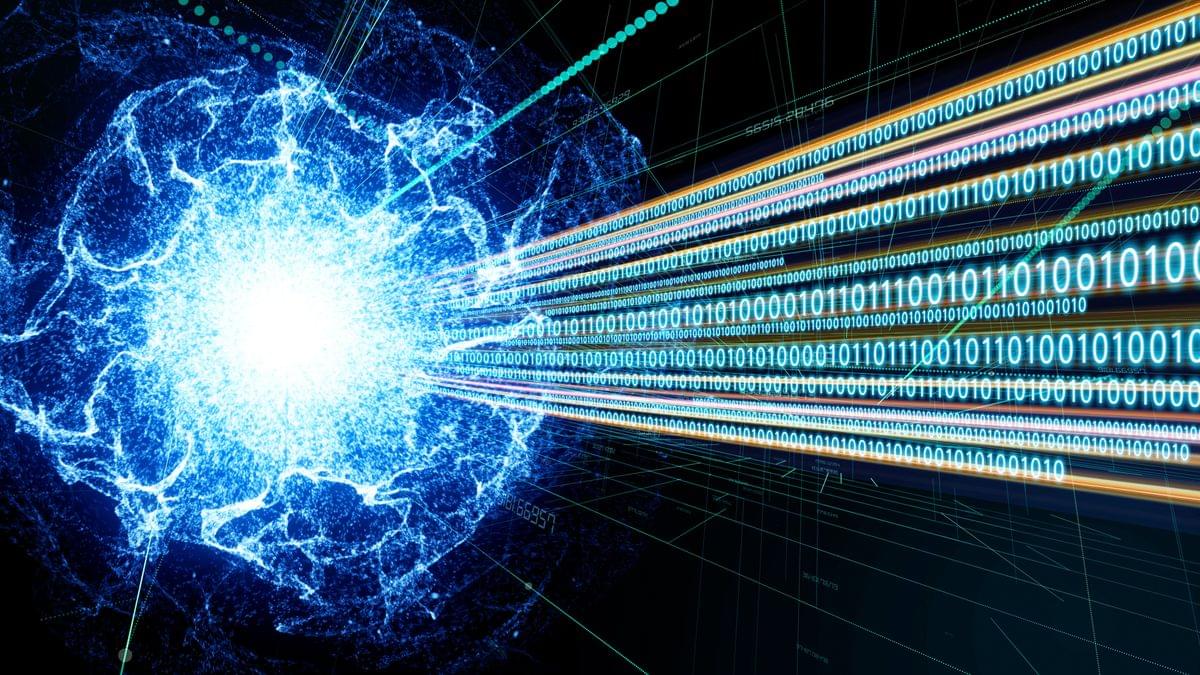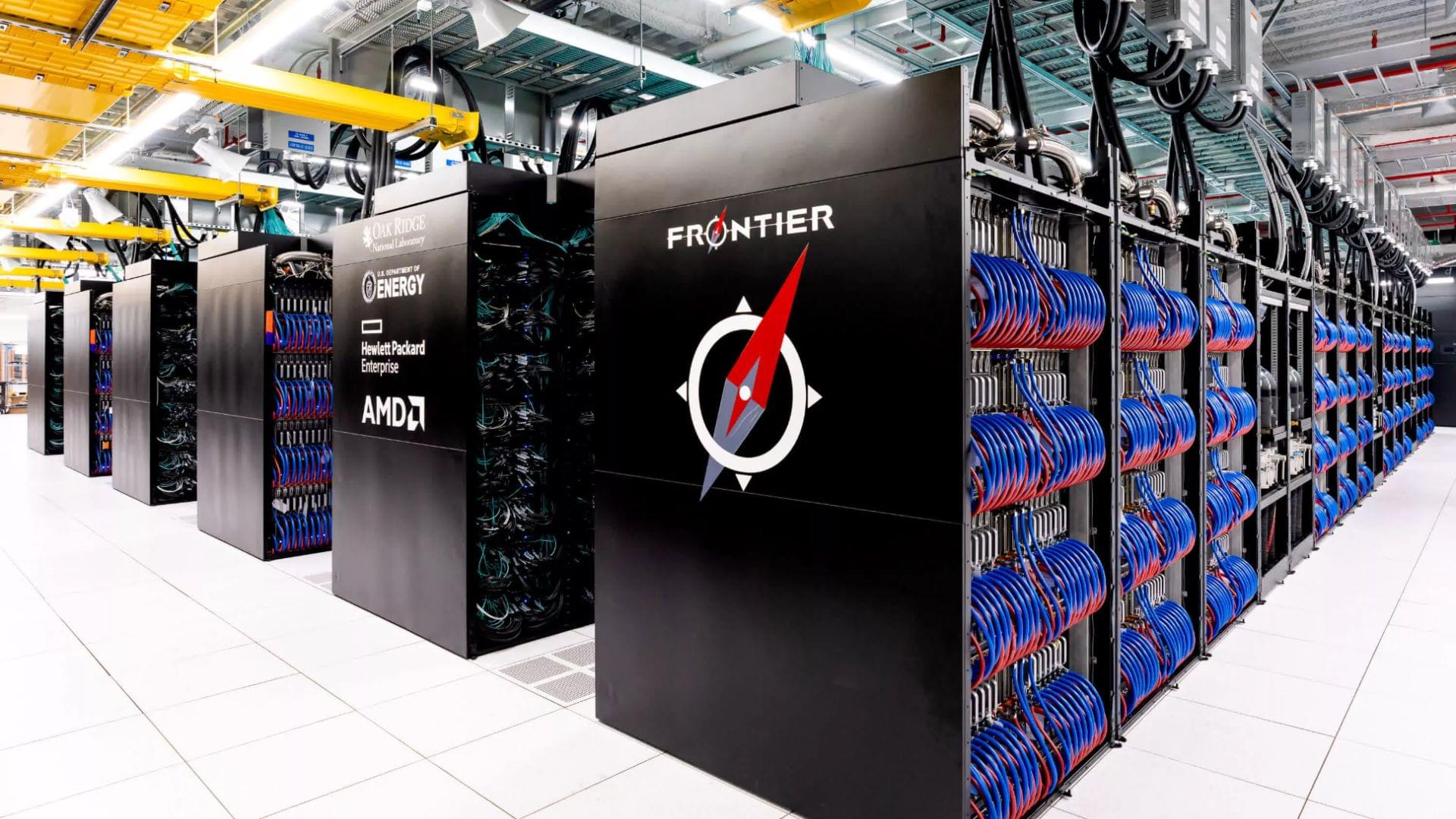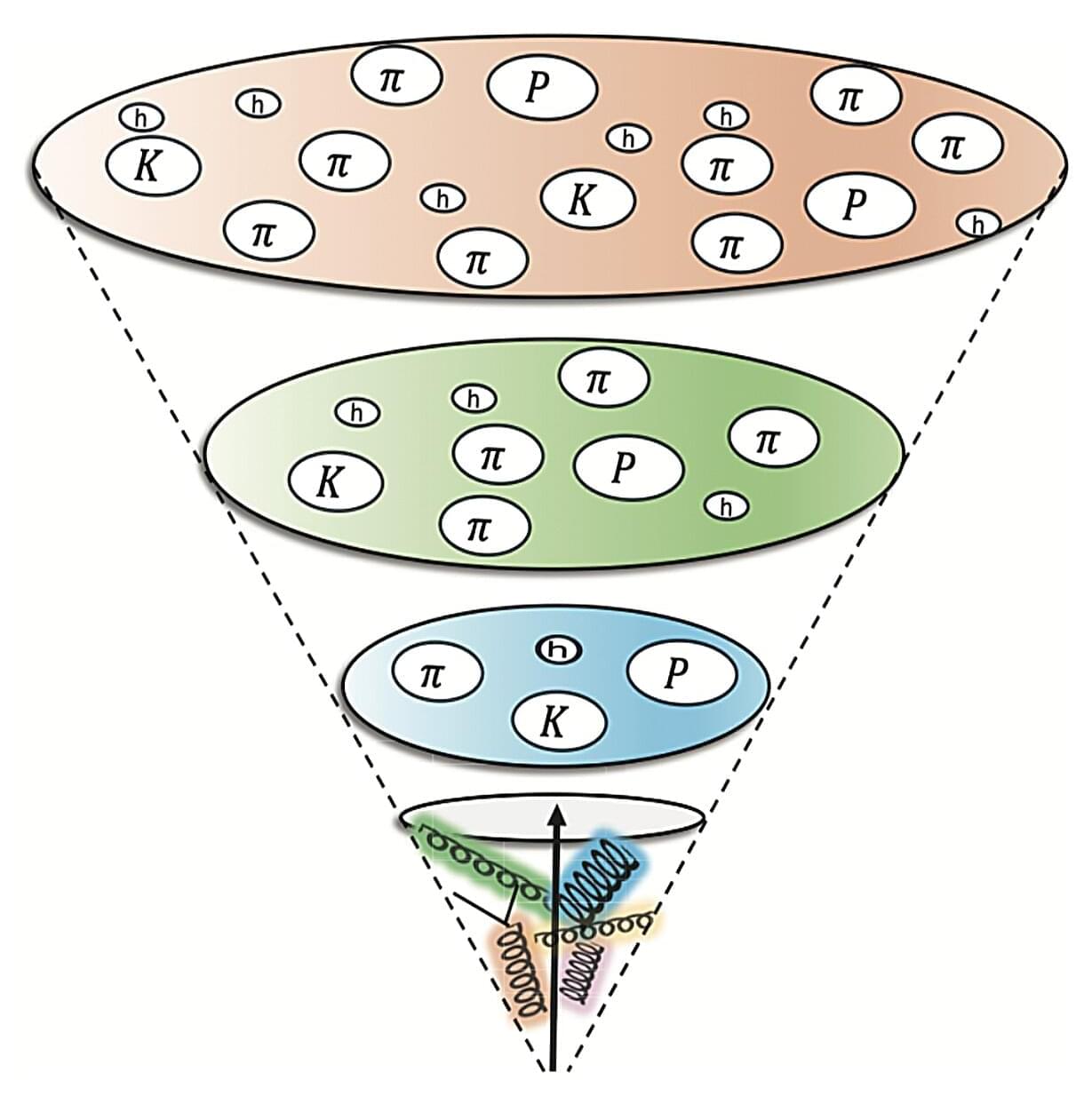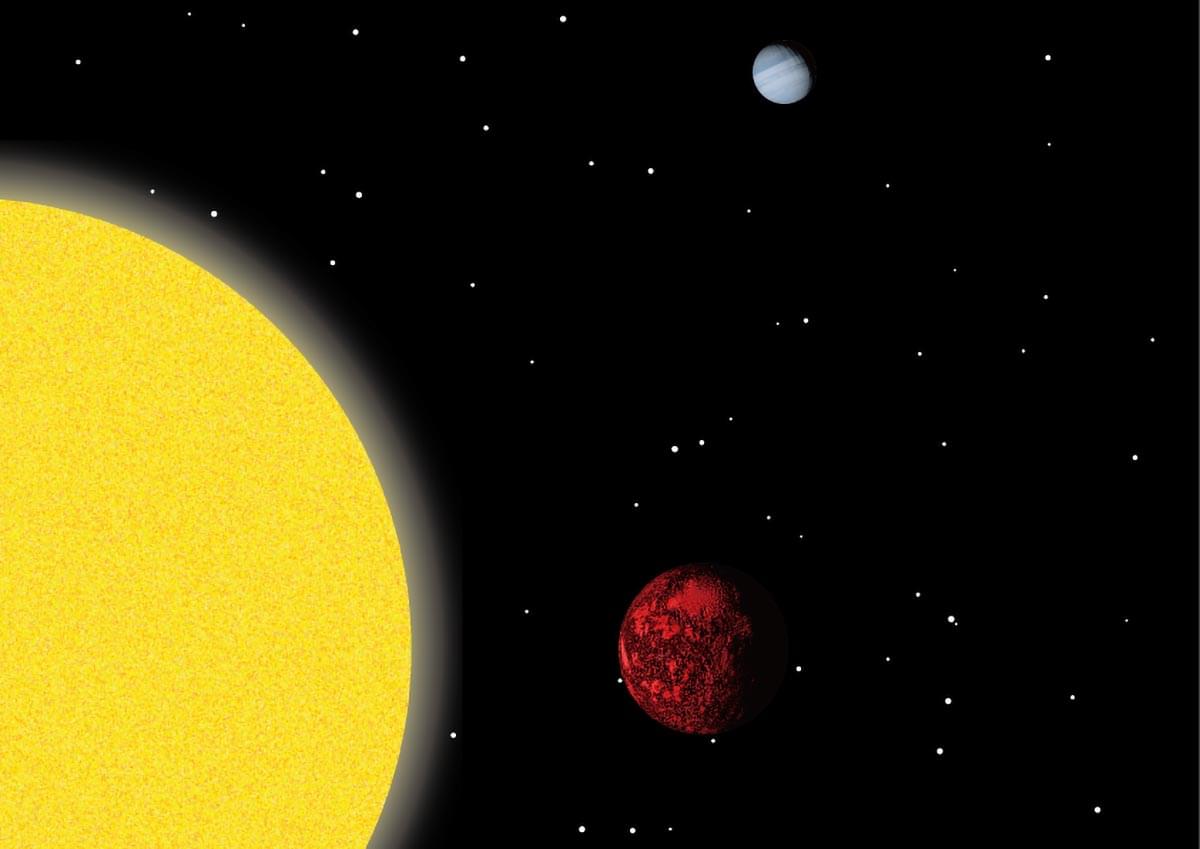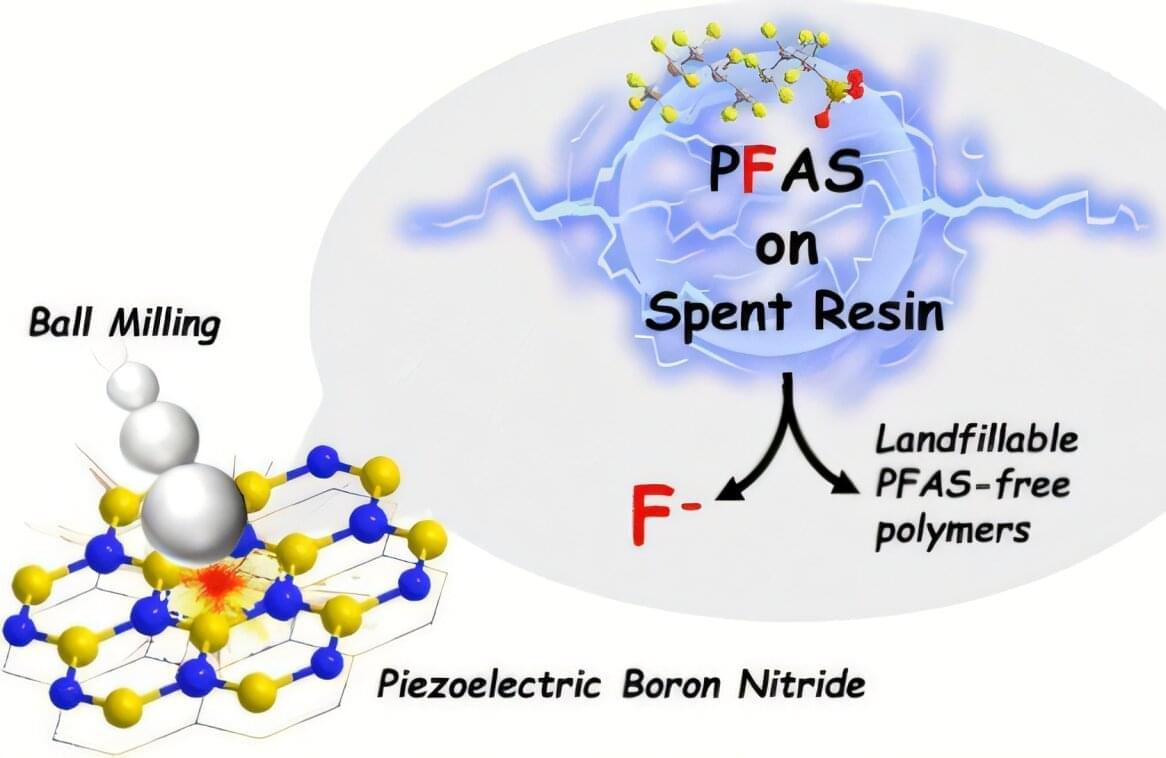Useful quantum networks are hobbled by the problem of decoherence from environmental “noise.” But a new breakthrough could change that.
Most of us would probably think of smoking or air pollution when it comes to lung cancer risk, but researchers have discovered an intriguing link between the disease and the quality of our diets.
The researchers, from the University of Florida and the University of Kentucky, found that the molecule glycogen, which stores the simple sugar glucose, could potentially act as a driver of some types of lung cancer.
Glycogen was found at higher levels in human tissue samples of lung adenocarcinoma, the type responsible for 40 percent of lung cancers worldwide. In tests on mice, the team found that more glycogen helped lung cancers to grow faster, while taking the molecule away led to restricted tumor growth.
Both systems are powered by AMD GPUs—Frontier is equipped with 9,408 AMD EPYC processors and 37,632 AMD Instinct MI250X accelerators, while El Capitan features 44,544 of the newer AMD Instinct MI300A accelerators.
Given the success with this simulation, Ansys has hailed AMD’s Instinct GPUs for cutting the simulation time. According to the company, this milestone could dramatically speed up the design iterations and deliver more accurate performance forecasts for industrial systems.
Recent physics studies have discovered that quarks and gluons inside protons, which are subatomic positively charged particles, exhibit maximal quantum entanglement at high energies. Entanglement is a physical phenomenon that entails correlations between distant particles that cannot be explained by classical physics theories, resulting in the state of one particle influencing that of another.
Researchers at Stony Brook University and the Brookhaven National Laboratory recently set out to better understand what this recent finding could mean for hadronization, the process by which quarks and gluons form hadrons, which are particles that can be detected experimentally. Their paper, published in Physical Review Letters, introduces a new approach to probe and study hadronization by leveraging quantum entanglement.
“Our study originated from the intriguing observation that the internal structure of protons at high energies exhibits maximal quantum entanglement,” Charles Joseph Naim, corresponding author for the paper, told Phys.org.
Keyword search
Posted in futurism | Leave a Comment on Keyword search
Keyword search, also called “BM25 (Best match 25)” or “sparse vector” search, returns objects that have the highest BM25F scores.
UPTON, N.Y. — High temperatures and ionizing radiation create extremely corrosive environments inside a nuclear reactor. To design long-lasting reactors, scientists must understand how radiation-induced chemical reactions impact structural materials. Chemists at the U.S. Department of Energy’s (DOE) Brookhaven National Laboratory and Idaho National Laboratory recently performed experiments showing that radiation-induced reactions may help mitigate the corrosion of reactor metals in a new type of reactor cooled by molten salts. Their findings are published in the journal Physical Chemistry Chemical Physics.
“Molten salt reactors are an emerging technology for safer, scalable nuclear energy production. These advanced reactors can operate at higher, more efficient temperatures than traditional water-cooled reactor technologies while maintaining relatively ambient pressure,” explained James Wishart, a distinguished chemist at Brookhaven Lab and leader of the research.
Unlike water-cooled reactors, molten salt reactors use a coolant made entirely of positively and negatively charged ions, which remain in a liquid state only at high temperatures. It’s similar to melting table salt crystals until they flow without adding any other liquid.
K2-360 is a newly found planetary system with a super-dense planet, likely the core of a former larger world, shaped by dynamic interactions with its companion. An international team of researchers from Japan and Europe has discovered a new multi-planet system orbiting a Sun-like star. Among the
A research team at Clarkson University has developed a method to effectively destroy per- and polyfluoroalkyl substances (PFAS) on spent sorbents, addressing a critical environmental challenge.
Porton Down, the government’s top-secret science and technology campus, is home to what may be the world’s deadliest freezer
